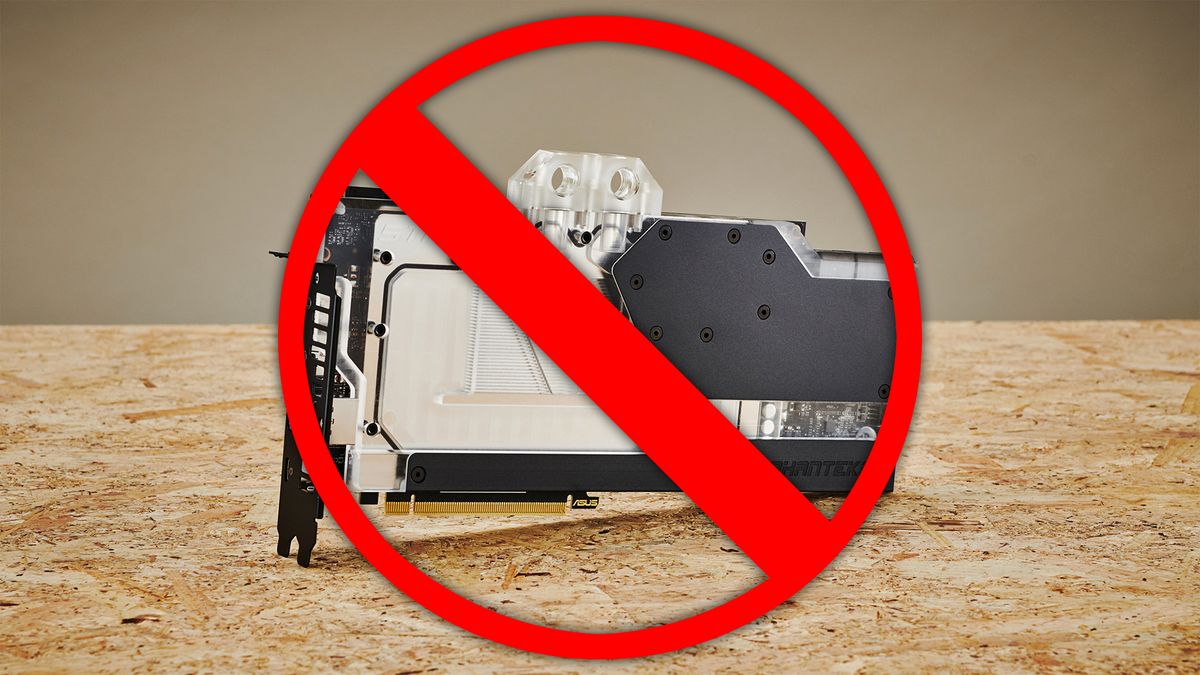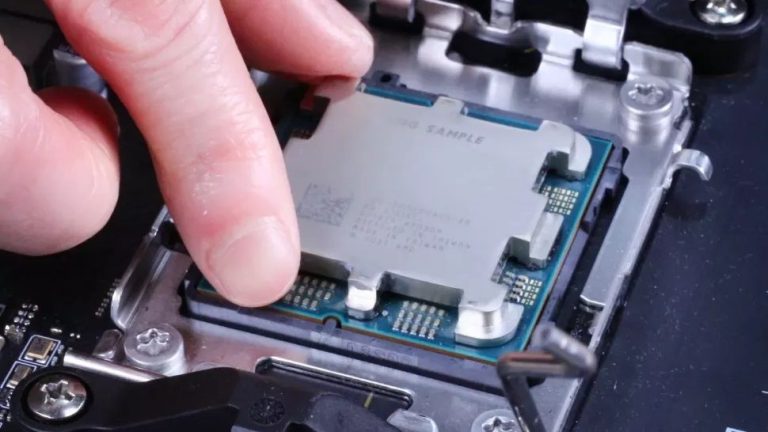Is Custom Liquid Cooling Still Worth the Hype: Why Its Days Are Numbered

The Rise and Fall of Liquid Cooling in PC Building: Has its Time Come and Gone?
I’ve been building PCs as a hobby since the early 2000s, and have been fortunate enough to turn it into a career that’s spanned over a decade. Liquid cooling has played a significant role in my journey, and it’s a topic that’s close to my heart.
In the early 2010s, I was hooked on liquid-cooled systems. I remember spending countless hours watching Jayztwocents’ content on YouTube, lusting after those incredible builds. I went on to build numerous liquid-cooled systems, both for personal use and for publication. Those were the days of SLI and Crossfire, when bigger was better, and liquid cooling was the way to go.
Then vs. Now: What’s Changed?
Liquid cooling for personal PCs and rigs first emerged in the late 1990s and early 2000s as a response to the overclocking attempts of the day. CPU cooling was in its infancy, and chips were easily unlocked. Apply a little voltage and a higher multiplier, and you could boost performance significantly, as long as you could manage the heat. Plumbing parts were often used as substitutes in those early days.
Over time, companies like EKWB, Alphacool, and Primochill emerged, and products were developed. The market expanded well into the mid-2010s. AMD didn’t provide much competition back then, so Intel’s 3rd, 4th, 6th, and 7th gen Core processors were typically undervolted and underclocked as standard, with the company focusing more on efficiency and temperatures rather than brute performance. The architectures were underutilized, and with sufficient cooling and some tweaks in the BIOS, it was easy to get significant performance boosts with fully liquid-cooled systems.
The Rise of Ryzen and the Shift Away from Liquid Cooling
Then came Ryzen, and the CPU landscape changed dramatically. AMD and Intel reacted rapidly, developing new generations of processors, with smaller transistors, more cores, and higher clock speeds. This led to hotter chips and a shift away from IHSs with thermal paste to fully soldered units and ramped-up voltages. Soon, turbo-boosts and smart auto-overclocking elements were baked into both side’s BIOS, almost eliminating the amateur overclocking hobby.
So, What’s the Point?
Today, the arguments for liquid cooling are different. The reality is that both Intel and AMD chips run hot even at stock, regardless of whether you have a 420mm AIO or a custom loop. And with master-crafted fans and controllers around, noise is no longer a significant concern.
Then there’s the issue of convenience. While custom liquid-cooled builds require skill and look incredible, they’re massively awkward compared to closed AIO loops. Swapping out a CPU or graphics card becomes a major hassle, and the risk of leaks and coolant issues is high.
The Bottom Line
Unless there’s a significant change in the market, with managing heat becoming more critical, and we’re given more headroom in these CPUs, there’s little reason to go down the fully custom liquid-cooled route. Ask any hardcore PC builder, and they’ll likely tell you that their next rig won’t be liquid-cooled. The buzz around beautifully crafted liquid-cooled builds just isn’t there anymore.






